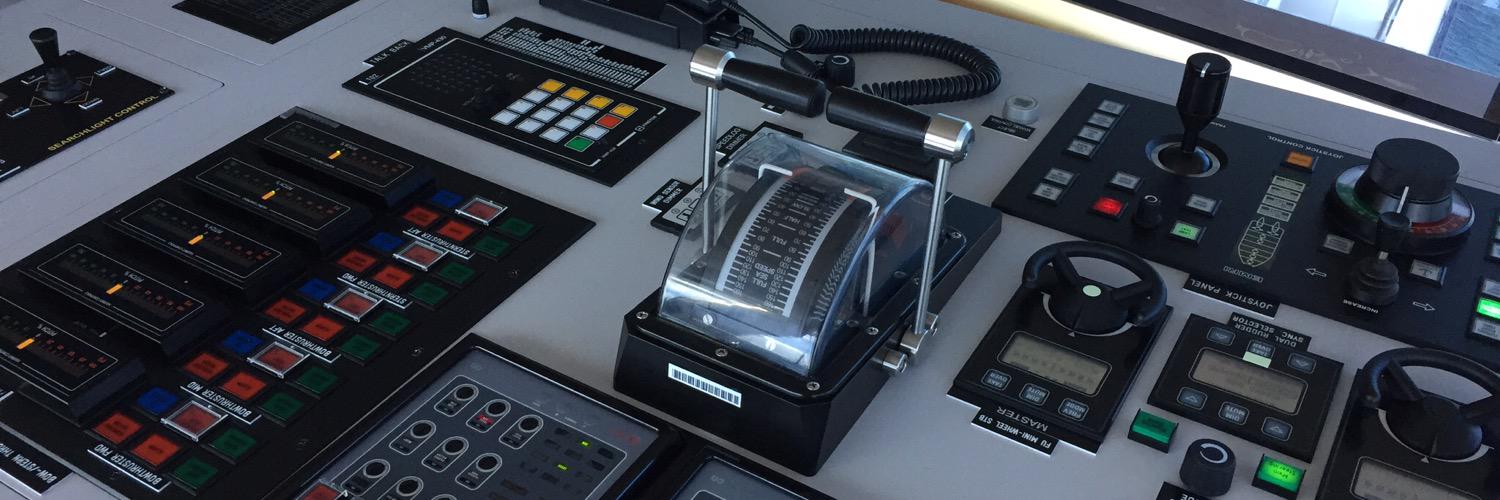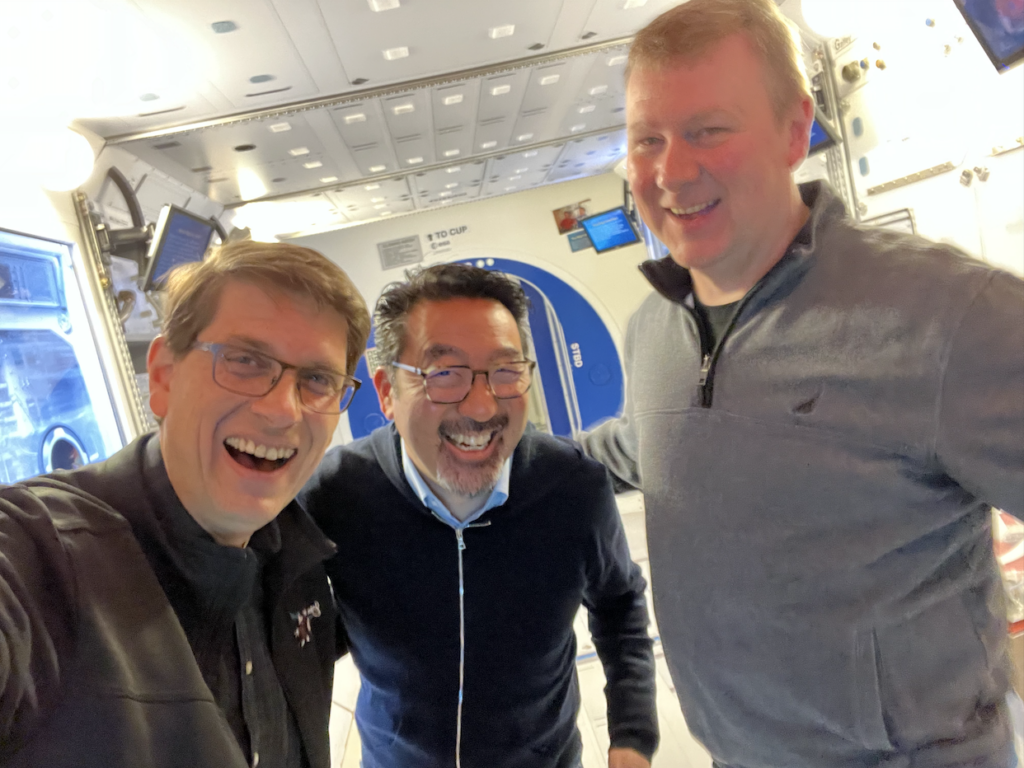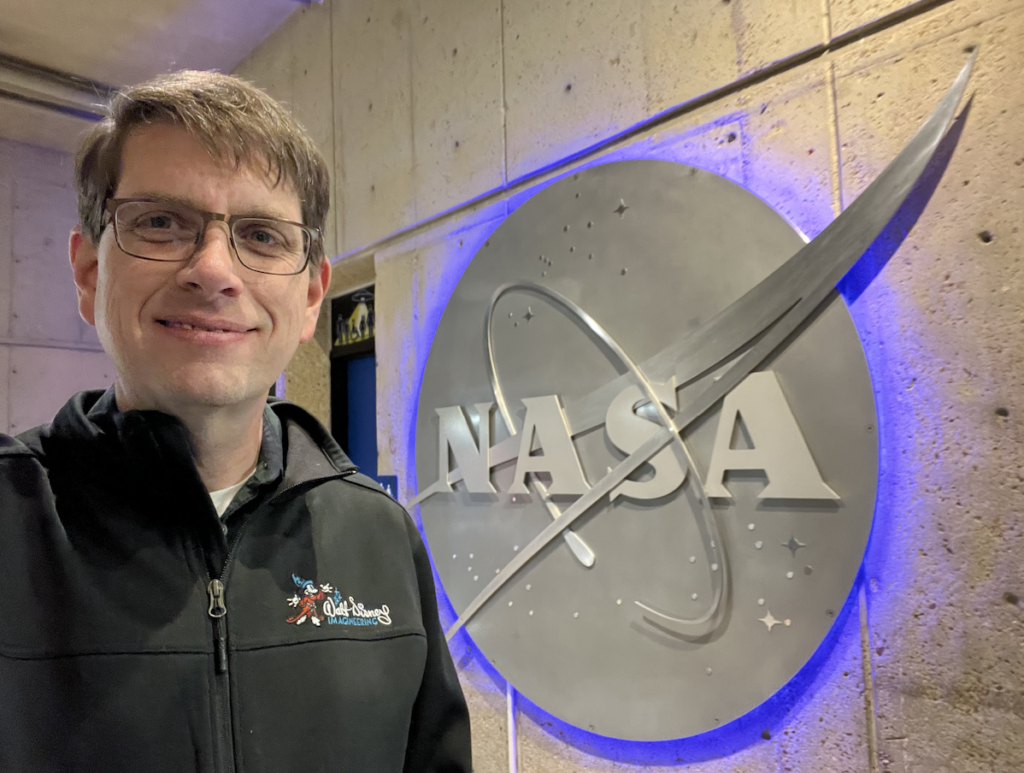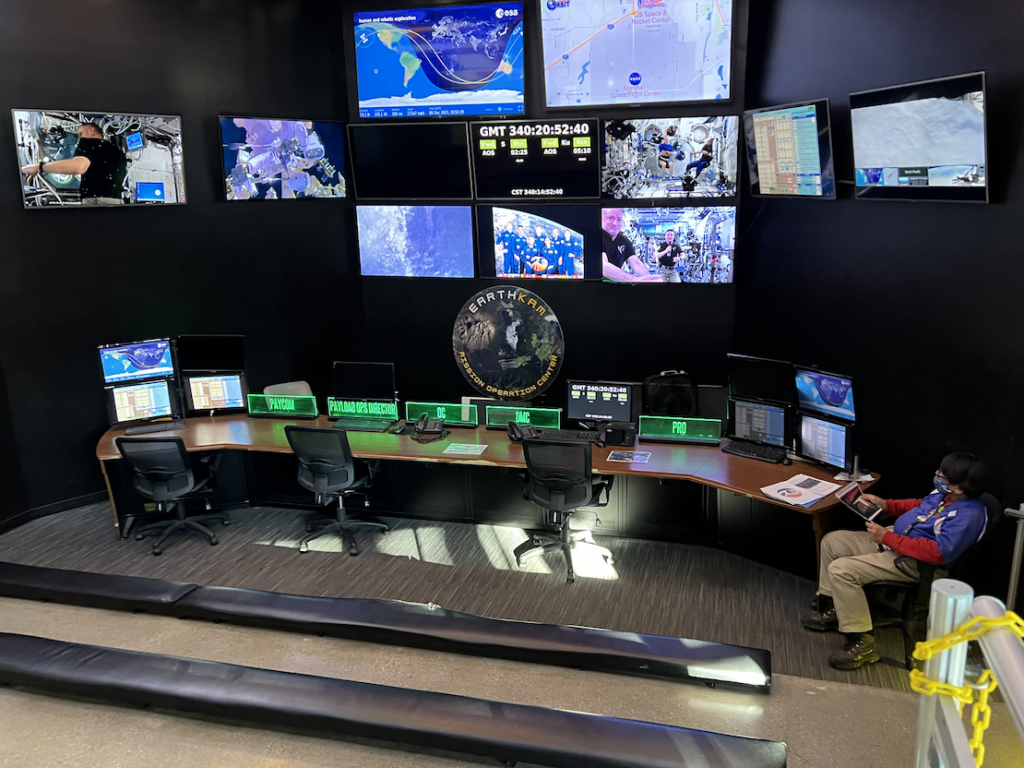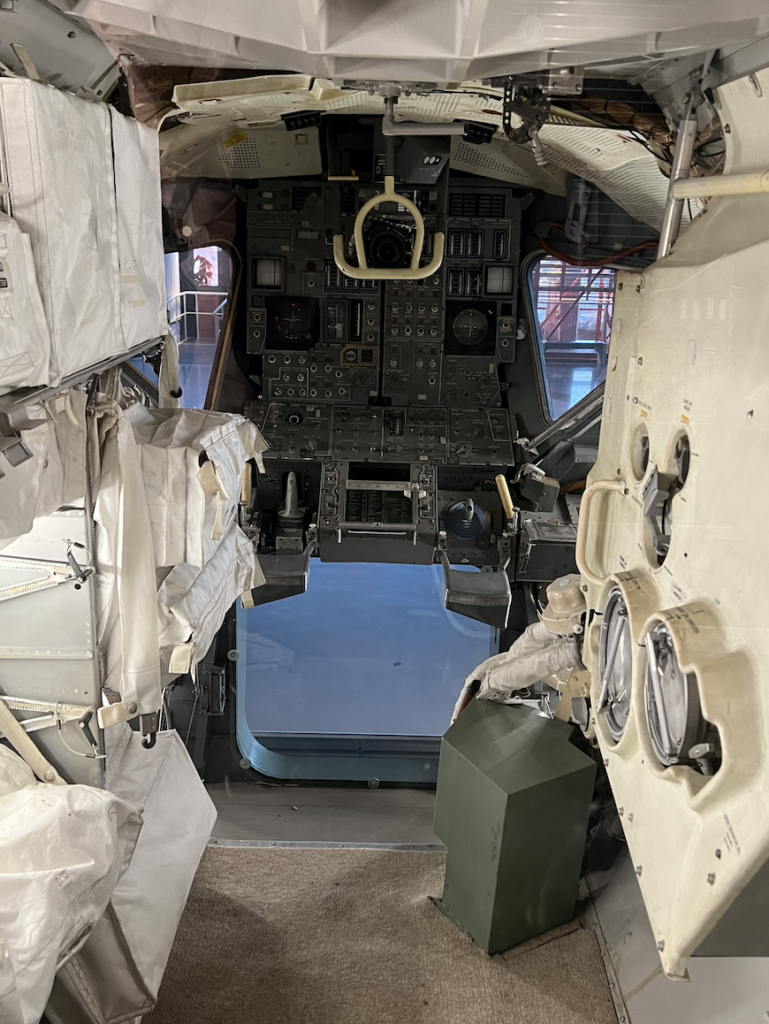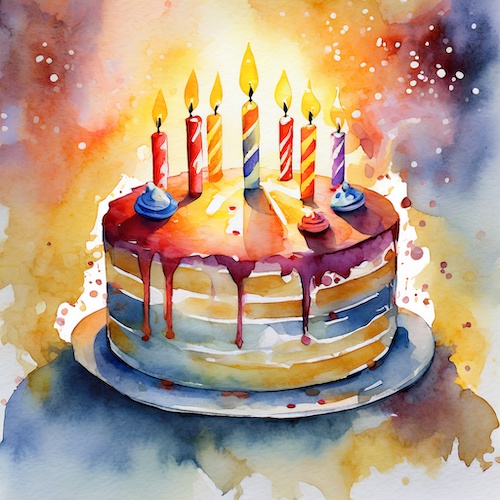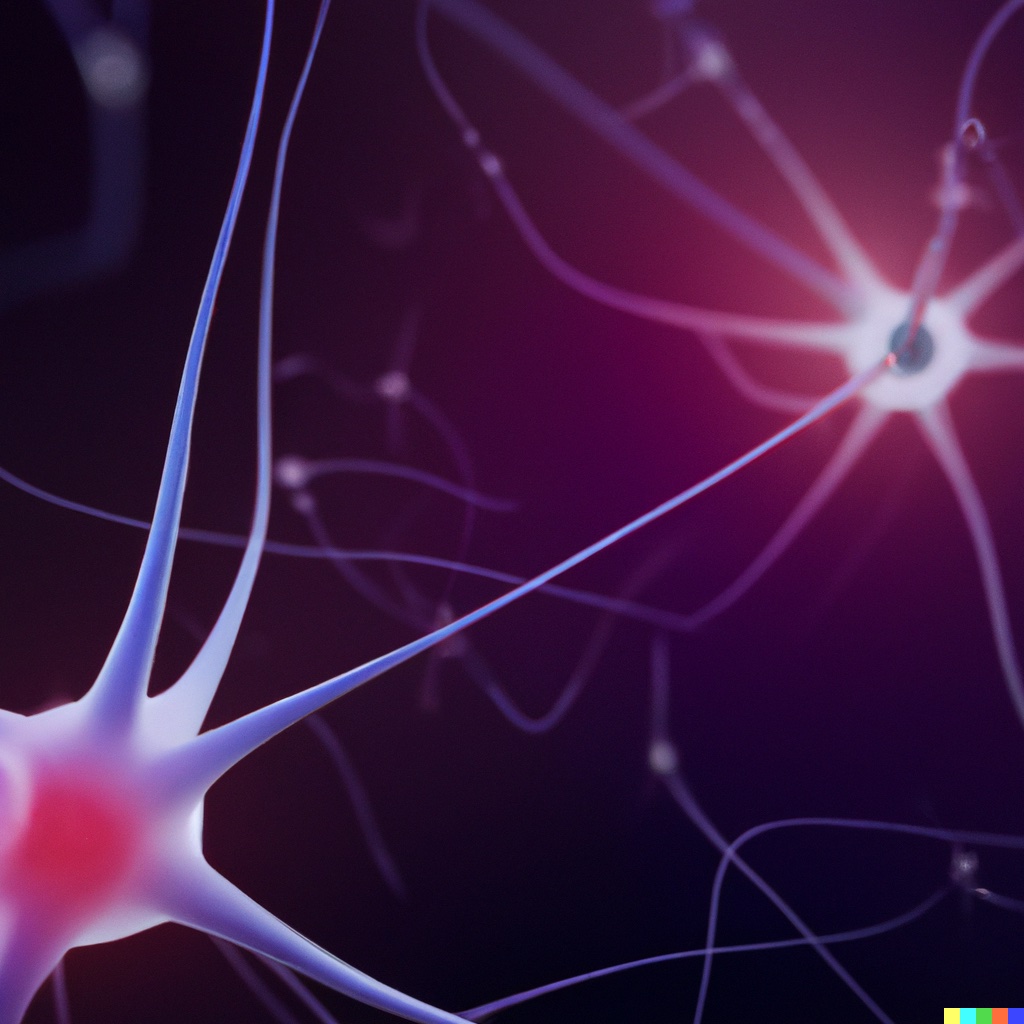Imagine it is 2029. Describe it to me. What is going on in your life, your family, your job and in the world? What were those amazing things you dreamed about in 2024 and did those dreams come true?
Five years ago, Gene Kim, a good friend and mentor of mine, challenged me to do a thought experiment. He asked me about my goals for 2024. I started off giving general aspirational goals around making a positive impact in the world, at work, supporting my team and my family. He dared me to get specific. He told me to imagine my future self 5 years from now. What would I be proud to have accomplished if it could be anything in the world? Write it down, he said, so you can pull them out in 2024 and compare your dreams to reality. It was so clarifying, so motivating and so powerful.
When I started this exercise in 2019, I confess, I thought some of my goals were audacious if not ridiculous. But as my friend challenged me, I wrote them down anyway. Here is what I imagined in 2019 about my 2024 future:
- My team and I helped Disney deliver a large new guest delighting product that wouldn’t happen without our SRE efforts.
- I became an author of a book and several papers on leadership and using DevOps practices to accelerate business.
- My team and I partnered with our businesses to expand the impact of SRE and our SRE approach to toil reduction.
- I’m an inventor listed on a published patent and have several patents pending.
- My family and I enjoyed several vacations together, managed to stay out of debt and were able to fund college.
- I’m the maintainer for at least one Open-Source project with over 100 stars and an active community on GitHub.
- We updated our home with energy efficient windows, solar panels, and built a domestic robot to help our family at home.
Not all my dreams have come true. But many of them have. In fact, all but one! My robot is still a bunch of lines on a paper, a 3D printed arm and a pile of wires in the garage. Still, I can say with absolute certainty that I wouldn’t have accomplished even half of those things if I hadn’t listened to my wise friend and made note of my goals.
We hunger for a mission and objectives that we believe in. We prioritize time for what we think is important. State your mission. Define your objectives. Make those dreams come true, one step at a time. But it requires that first step… Imagine.
Are you ready? Let’s dream into 2029. Take a breath. Close your eyes and push out all other distractions. What will make you happy? What do you want your world to be like? After imagining that, open Notes or your favorite note taking tool with the title, “Goals for 2029” and write down 7 things. Do you believe in them? If so, save your dreams, revisit them every year or so and make them happen!

